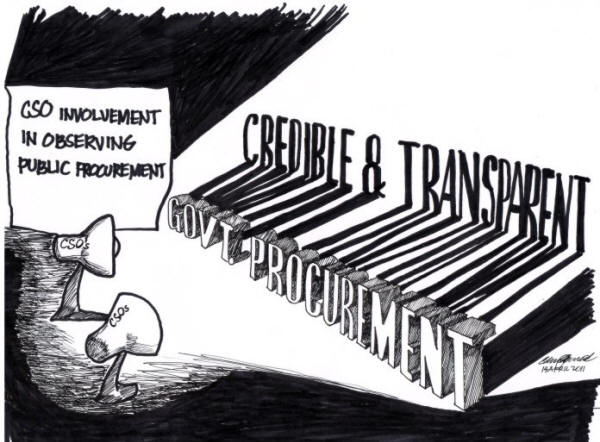| |
.
. |
|
CAC report
recommends not to purchase Smartmatic's AES
|
|
by Eric Jude O. Alvia (NAMFREL Secretary
General)
April 15, 2011
from
NAMFREL Election Monitor Vol.2, No.7
|
|
. |
Last week, AES Watch members were provided
a copy by the Joint Congressional Oversight Committee on Electoral
Reform & the AES (JCOC) of a previously inaccessible Comelec
Advisory Council (CAC) post-election report on the Use of the
Automated Election System (AES) in the 2010 National and Local
Elections. The June 2010 report findings and conclusion contradict
the CAC’s recommendation and Comelec’s decision and action to
purchase the PCOS for the still to be decided holding of the 2011
ARMM elections. This report is among the various documents and
reports being requested by AESWatch from the Comelec which has yet
to comply despite repeated requests and a decision from the Supreme
Court to provide access to them.
Written a month after the May 2010 elections, the report lacks
coverage on the technical, project management, systems integration
and election management assessment components in adopting the AES in
the preparation and conduct of the 2010 elections. However, the
report reveals some technical and management inadequacies of the
Comelec, inconsistent election laws & regulations and problems
encountered in the adoption of the AES. |
|
. |
 |
|
. |
Given the CACs adverse findings on the
PCOS and its recommendation for the 2013 elections of a “paperbased
solution with automated counting and scanning features” there should
be inclusive discussions and a thorough analysis of the different
alternatives for automating future elections. Similar technologies
with these features are the Open Election System (OES) and the
Central Count Optical Scan (CCOS). Both require fewer units to
operate compared to the PCOS.
If the ARMM elections proceed this year, the choice of technology or
its automation must be studied intently. Among IT community circles,
there is even an emerging sentiment that the elections need not be
automated since only three positions are to be contested (Governor,
Vice-Governor, and Assemblyman) in each ballot and an estimated six
to twelve candidates for each position to be tabulated.
The estimated cost to automate the ARMM elections is between Php 1.8
to Php 2.1 billion covering around 1.7 million voters in five
provinces. IT experts claim that due to the limited scope, the ARMM
elections precinct level counting need not be automated.
However, electronic transmission and canvassing would ensure that
results would be known faster, but secure, transparent, credible,
and much more affordable.
Based on Comelec pronouncements, it appears that the decision to
adopt and purchase the PCOS as its AES technology of choice for the
ARMM election has been made. This despite the CAC's findings and
recommendation not to exercise the adoption to purchase Smartmatic’s
PCOS and the absence of the JCOCs review and recommendation.
Recently, Comelec contracted Systest Labs to re-certify the
AES software after applying remedies and fixes to problems
identified.
Section 33 of the Automated Election Law (RA9369) states that the
JCOC shall conduct a comprehensive assessment and evaluation of the
performance of the different AES technologies implemented and shall
make appropriate recommendations to Congress. Given the CAC report
and the requirements of the law, Comelec should not purchase the
PCOS machines used in the May 2010 elections without prior approval
of the JCOC. This is contrary to the recommendation of the current
CAC and the Comelec deciding to proceed with the purchase of the
PCOS.
|
|
|
| |
.
.
. |
|
| |
| |
|
|

